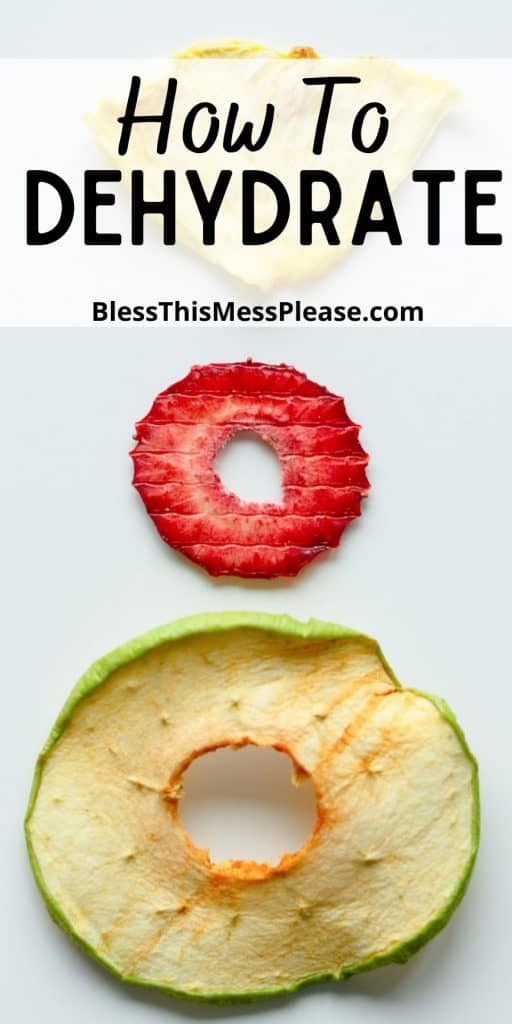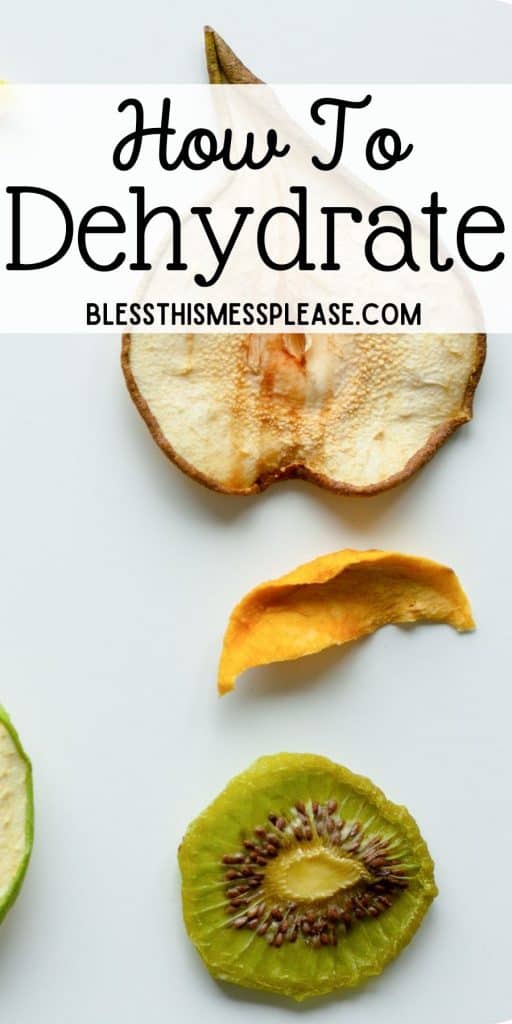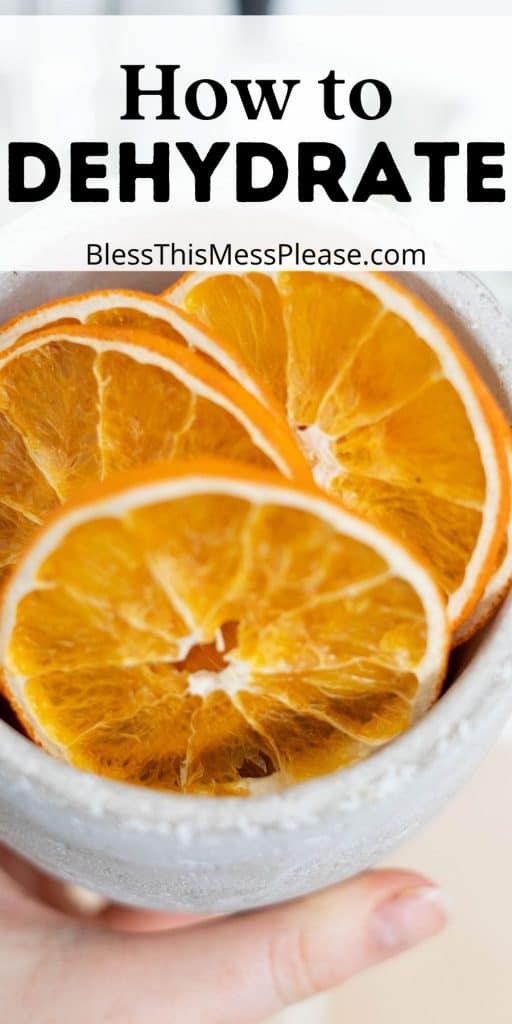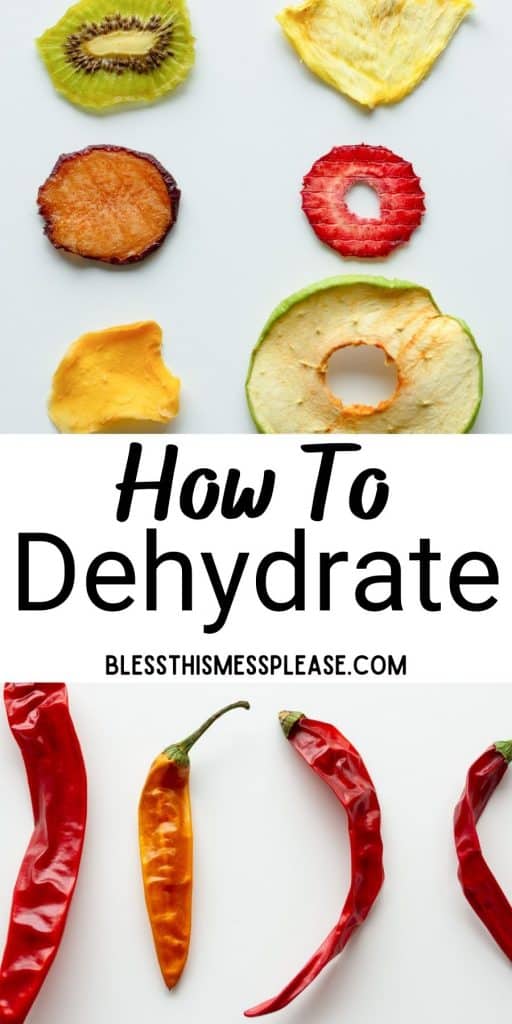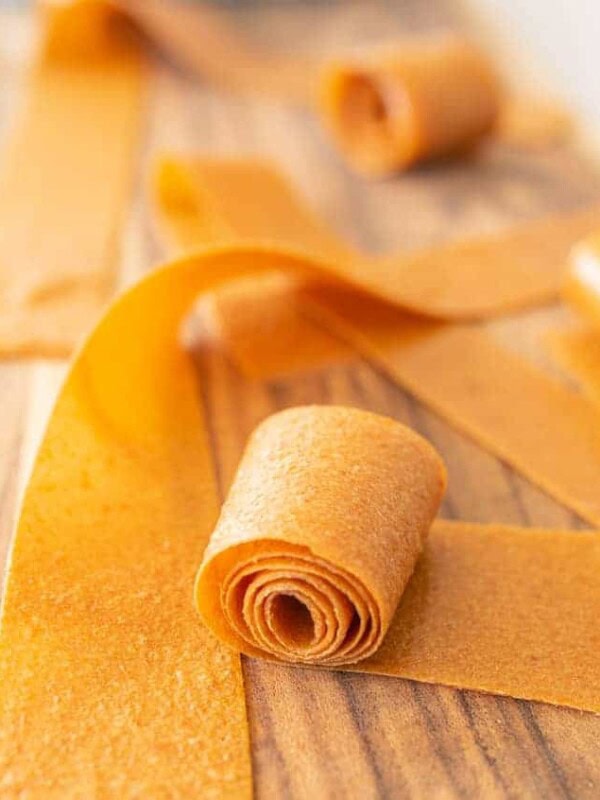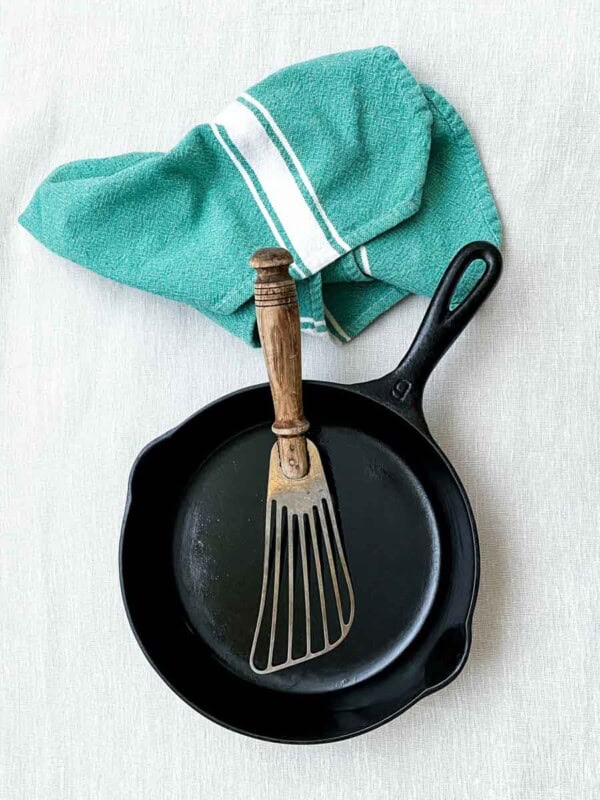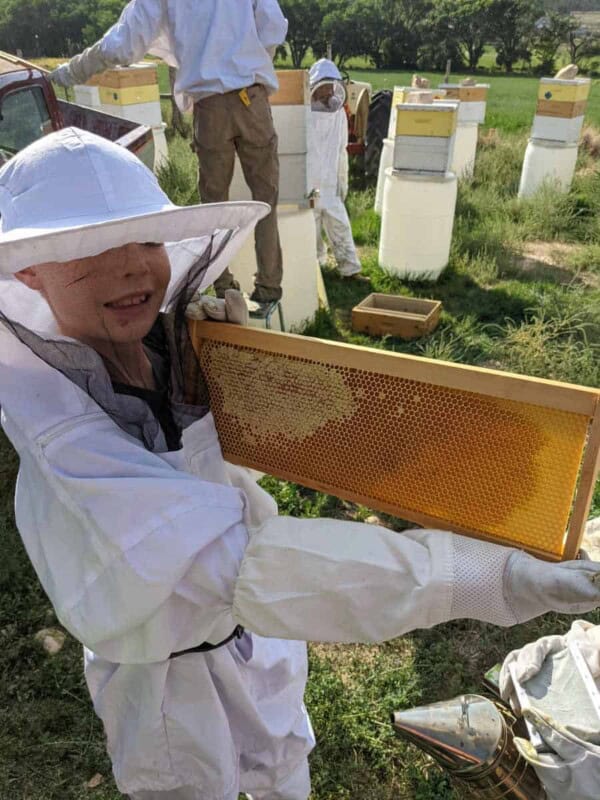How to Dehydrate Fruits and Vegetables
on Jun 19, 2021, Updated Sep 13, 2022
This post may contain affiliate links. Please read our disclosure policy.
As more and more of us are getting into gardening, growing our own food, shopping locally, and reducing food waste, we are learning new skills like freezing, canning, and dehydrating! This is a full guide on how to dehydrate fruits and vegetables. This articles covers the basics on what, how, and why to dehydrate fruits and vegetables at home. I hope you find it helpful.
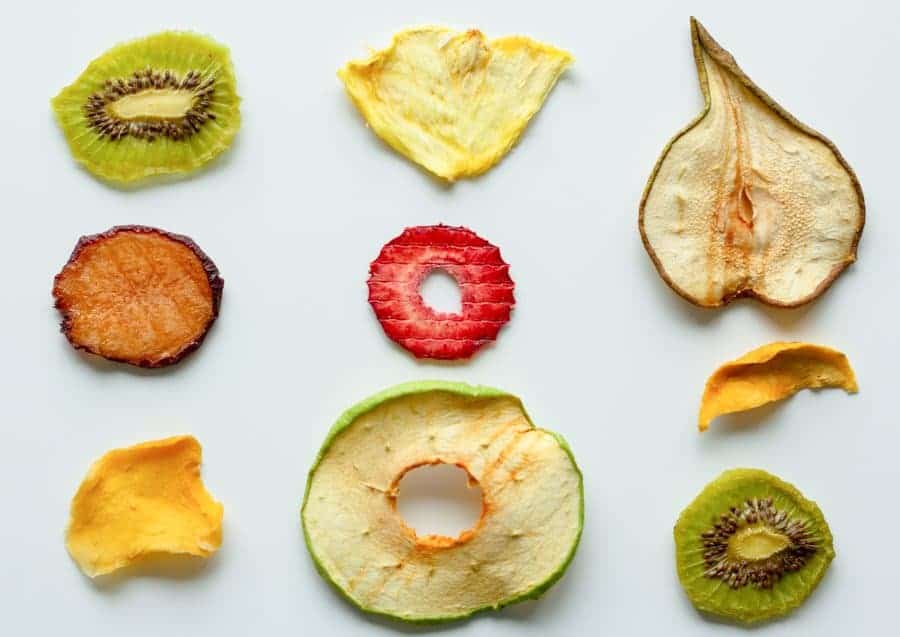
Table of Contents
What is dehydrating?
Dehydrating is the process of removing water from foods so that bacteria, yeasts, and molds cannot grow and spoil the food, allowing food to be preserved for later use.
What do you need to dehydrate?
Dehydrator or an oven or even something like a solar dehydrator (I’ve dried thing in my hot car window!). The cream of the crop traditionally for dehydrators is the Excalibur brand dehydrators. They are very popular and I know lots of people that have had them. I’ve only owned preowned dehydrators that I’ve gotten second hand, but if I were going to buy new I’d probably go for an Excalibur. I often use my oven too, but many oven don’t have a lot enough setting for dehydrating.
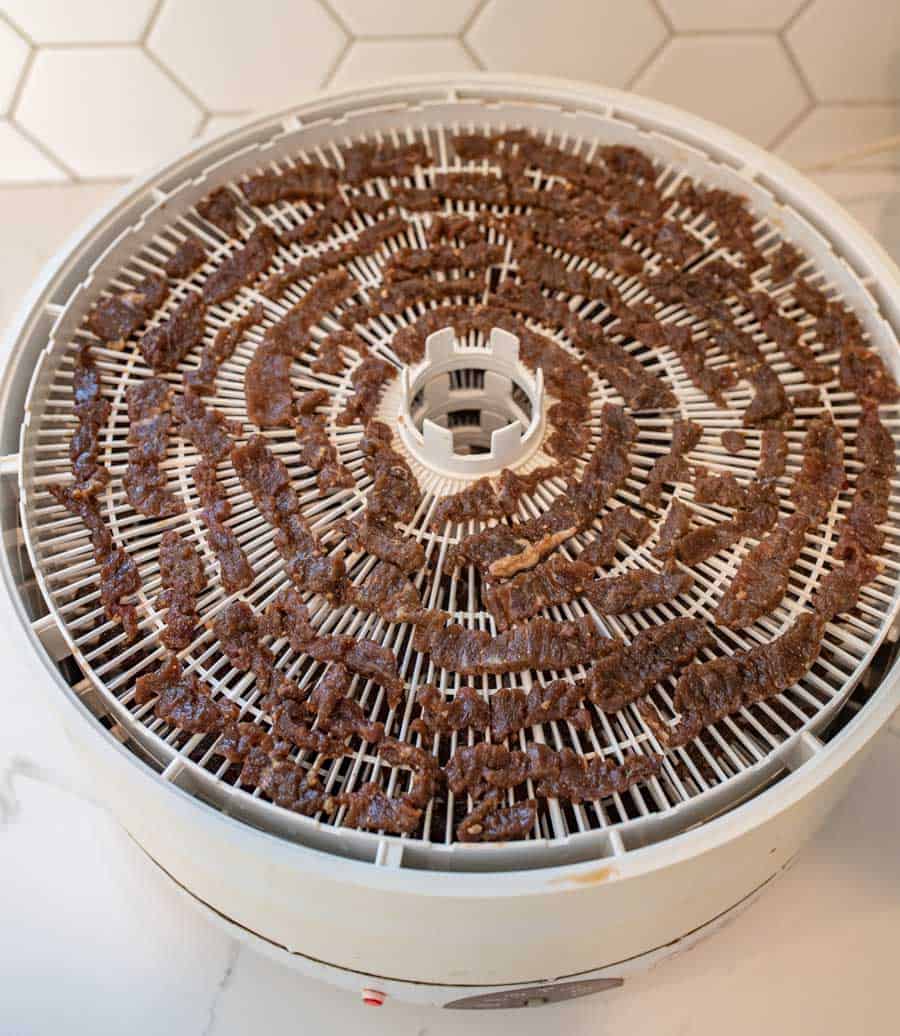
What can you dehydrate?
Fruits that can be dehydrated:
| Apples | Grapes |
| Apricots | Nectarines |
| Bananas | Papayas |
| Blueberries | Peaches |
| Cherries | Pears |
| Coconuts | Persimmons |
| Currants | Plums |
| Dates | Rhubarb |
| Figs | Strawberries |
Vegetables that can be dehydrated:
| Beans, Green | Parsnips |
| Beans, Lima | Peas |
| Beets | Peppers, Green or Red |
| Carrots | Peppers, Chili |
| Sweet Corn | Popcorn |
| Garlic | Potatoes |
| Horseradish | Pumpkins |
| Mushrooms | Tomatoes |
| Onions | Turnips |
| Parsley |
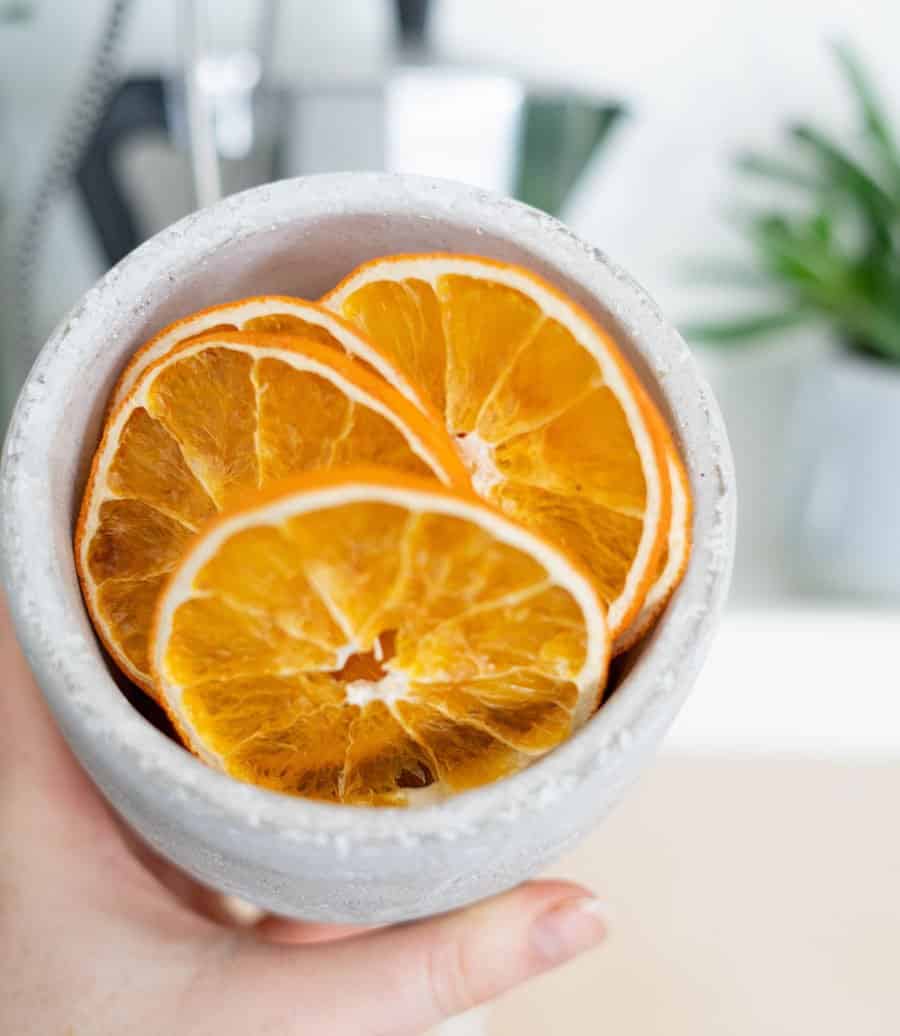
Why dehydrate?
By removing the moisture in foods, it prevents bacteria from growing and allows for foods to last longer. Dehydrating food is a simple way to preserve food at home and helps to make in season produce last in the off season.
How to dehydrate:
Make sure fruit or vegetables are placed in a single layer on their drying trays and then follow the manufacturer’s instructions. New dehydrators will come with instructions and recipe booklets that let you know how to prepare fruit and how long they will typically need to fully dehydrate. It’s a simple process that is easy to learn.
How does the method work?
Dehydrating removes most of the moisture from foods. This keeps microorganisms from growing and enzyme action is slowed down.
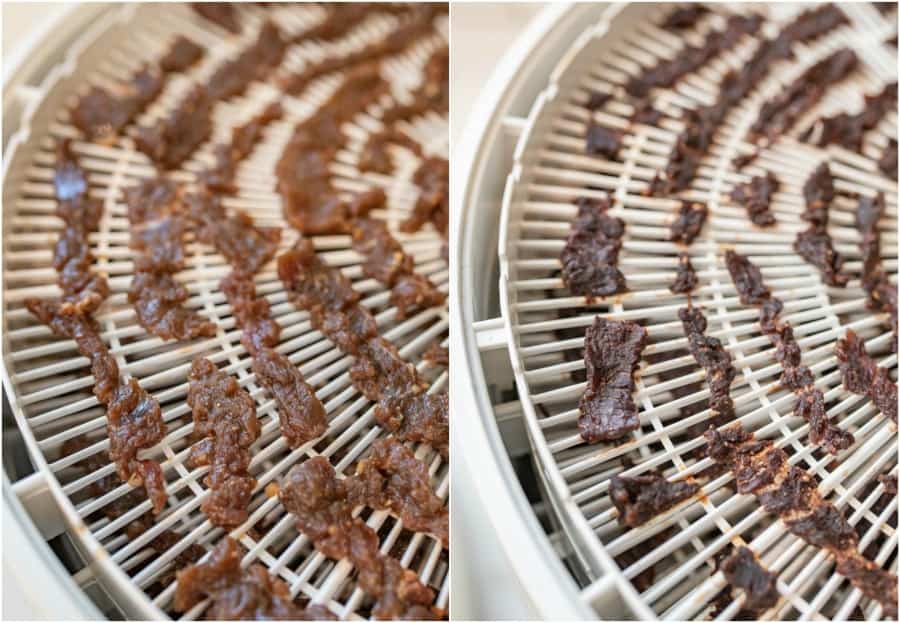
How should dehydrated foods be stored?
In airtight containers or bags. This prevents food from rehydrating and allowing microbial growth. If you live in a moist environment consider getting oxygen absorbing packets to keep in your bags to help things to not rehydrate. You can also store home dehydrated foods in the fridge or freezer, or even in vacuum sealed bags for long term storage.
Factors to consider when dehydrating:
- Low energy cost for dehydrator, higher for oven drying
- Short preparation time (you don’t need to spend a lot of time prepping foods for dehydrating)
- Long processing time (it can take 8-24 hours to dehydrate large moist fruits)
- Losses of vitamins A and C
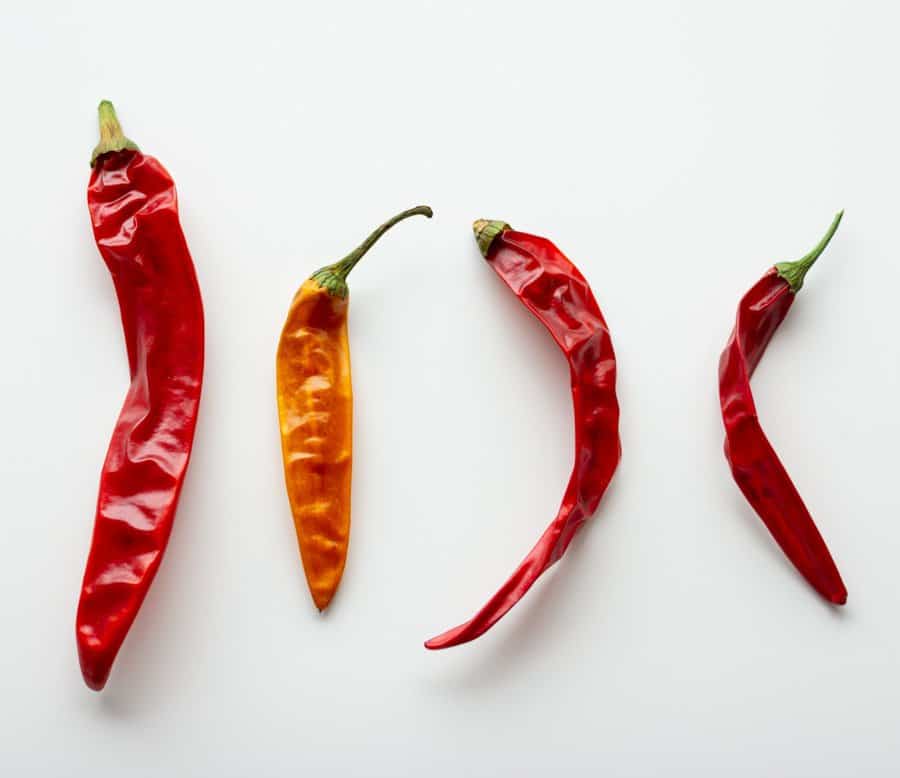
| Product | Amount Purchased or Picked in Pounds | Amount Dried Product in Pounds | Amount Dry Product in Pints |
| Apples | 12 | 1 ¼ | 3 |
| Beans, Lima | 7 | 1 ¼ | 2 |
| Beans, Snap | 6 | ½ | 2 ½ |
| Beets | 15 | 1 ½ | 3-5 |
| Broccoli | 12 | 1 ¼- 1 1/2 | 12-15 |
| Carrots | 15 | 1 ¼ | 2-4 |
| Celery | 12 | ¾ | 3 ½-4 |
| Corn | 18 | 2 ½ | 4- 4 ½ |
| Greens | 3 | ¼ | 5 ½ |
| Onions | 12 | 1 ½ | 11 ½ sliced, 4 ½ shredded |
| Peaches | 12 | 1- 1 ½ | 2-3 |
| Pears | 14 | 1 ½ | 3 quartered |
| Peas | 8 | ¾ | 1 |
| Pumpkin | 11 | ¾ | 3 ½ |
| Squash | 10 | ¾ | 5 |
| Tomatoes | 14 | 1/2 | 2 ½- 3 |
Wondering how to use dehydrated food? It depends on what it is! I’ll often dehydrate fruit or fruit leather and we’ll eat them as they are for snacks, or throw dehydrated fruit into granola, trail mix, or on top of yogurt. If I dehydrate veggies I normally will add them to things like soup to use them or blend them up in smoothies. We eat them on their own less often but I do love to use them in cooking.
And you can dehydrate more than fruits and vegetables! You can make homemade jerky and my famous fruit leather recipe too!
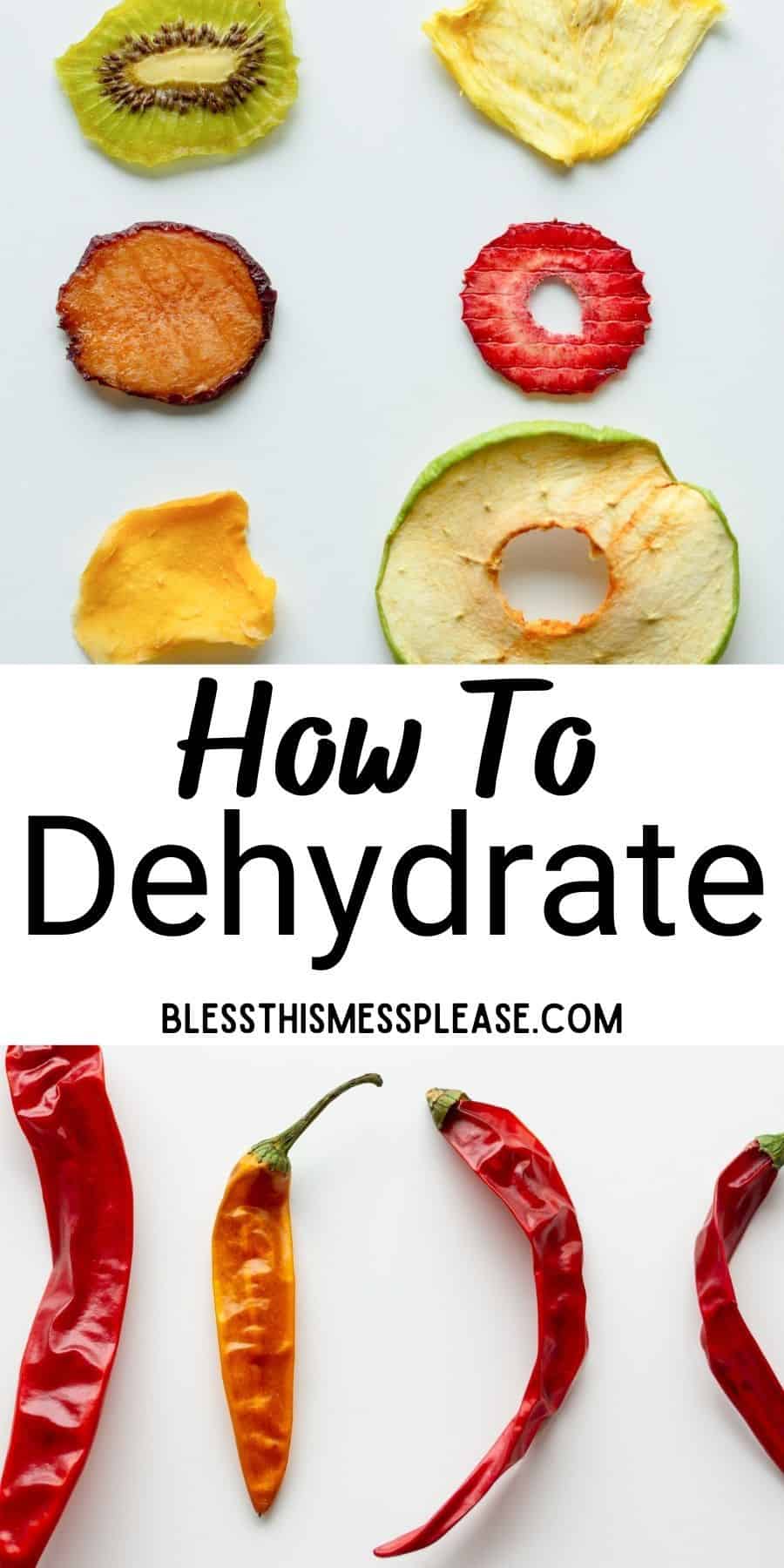
There’s some solid info on how to dehydrate fruits and vegetables today.
I’d love to know if you have done any dehydrating, what you have done, and how you used it. I love hearing how other people are preserving their own food!

